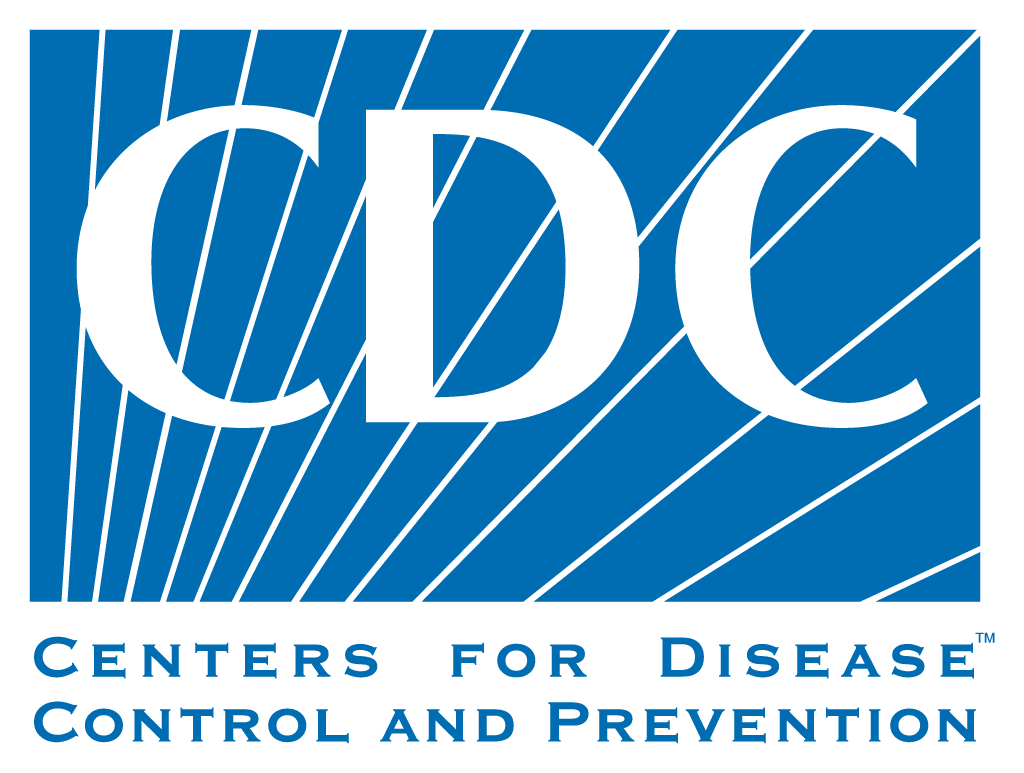Pediatrics has published a new study that describes how often developmental disabilities were diagnosed among children in the United States, and trends over time. In this study, scientists from the Centers for Disease Control and Prevention (CDC) and the Health Resources and Services Administration (HRSA) found that 17% of children aged 3–17 years had a developmental disability, and importantly, that this percentage increased over the two time periods compared, 2009–2011 and 2015–2017; increases were also seen for specific developmental disabilities in the same age group. Public health officials and healthcare providers can use these findings to better understand the trends associated with the diagnosis of developmental disabilities and to plan for medical, educational, and social services to support children and their families. You can learn more about the report here.external icon
Our Work
I. Surveillance and Monitoring:
- CDC’s Autism and Developmental Disabilities Monitoring (ADDM) Network estimates the number and characteristics of children with ASD and other developmental disabilities living in 11 communities in the United States.
- CDC monitors how many children have ADHD and receive ADHD treatment using national survey data, healthcare claims data, and community-based epidemiologic studies.
II. Research:
- The Study to Explore Early Development (SEED) is the largest study in the United States to help identify factors that may put children at risk for ASD and other developmental disabilities. Understanding these risk factors may help us learn more about the causes.
- CDC conducts research on ADHD, including community-based research and analyses of national survey data and healthcare claims data, to understand factors associated with ADHD, treatment patterns, and co-occurring disorders.
III. Program:
- CDC’s Learn the Signs. Act Early. program aims to improve early identification of children with ASD and other developmental disabilities so children and families can get the services and support they need as early as possible.
Main Findings:
During the study period (2009–2017)
- About 1 in 6 (17%) children aged 3–17 years were diagnosed with a developmental disability, as reported by parents;
- In the study population, some groups of children were more likely to have been diagnosed with a developmental disability than others, such as:
- Boys compared to girls;
- Non-Hispanic white and non-Hispanic black children compared to Hispanic children or non-Hispanic children of other races;
- Children living in rural areas compared to children living in urban areas; and
- Children with public health insurance compared to uninsured children and children with private insurance.
- The percentage of children aged 3–17 years diagnosed with a developmental disability increased–from 16.2% in 2009–2011 to 17.8% in 2015–2017.
- Specifically, diagnoses increased for attention-deficit/hyperactivity disorder (ADHD) (8.5% to 9.5%), autism spectrum disorder (ASD) (1.1% to 2.5%), and intellectual disabilities (ID) (0.9% to 1.2%).*
* The reasons for these increases were not examined in the current study, but previous research has found improved awareness, screening, diagnosis, and service accessibility may contribute to the increases seen.
About the Study:
For this study, researchers examined data from the National Health Interview Survey (NHIS), one of the largest in-person household health surveys in the United States. Parent-reported data from 88,530 children aged 3–17 years were included in the study.
Parents were asked whether a doctor or other healthcare provider ever told them their child had any of the following developmental disabilities:
- Attention-deficit/hyperactivity disorder
- Autism spectrum disorder
- Blindness
- Cerebral palsy
- Moderate-to-profound hearing loss
- Learning disability
- Intellectual disability
- Seizure in the past 12 months
- Stuttering or stammering in the past 12 months
- Any other developmental delay
If a parent answered “yes” to their child having at least one of these, their child was considered to have a developmental disability. For the study period (2009–2017), this study describes how often developmental disabilities were diagnosed among children in the United States, and trends over time. It also describes how often specific developmental disabilities were diagnosed among these children. The authors also looked at the data according to sex, age, race and ethnicity, health insurance coverage, birthweight, maternal education, federal poverty level, and urbanicity of residence.
Key Findings Reference
Zablotsky B, Black LI, Maenner MJ, Schieve LA, Danielson ML, Bitsko RH, Blumberg SJ, Kogan MD, Boyle CA. Prevalence and Trends of Developmental Disabilities among Children in the US: 2009–2017. Pediatrics. 2019; 144(4):e20190811


